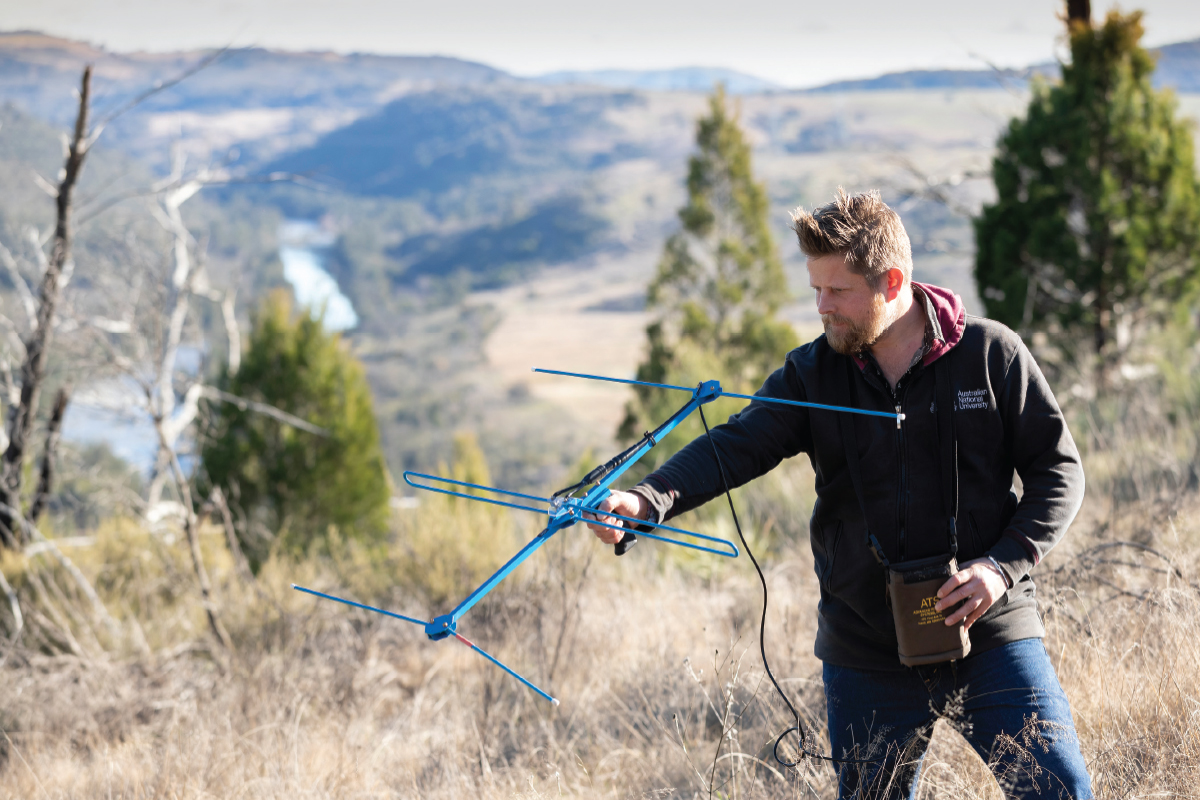About the Ginninderry Living Lab – by our newest team member Matthew Keighley
I’ve grown up in Canberra, and have been lucky enough to be engaged in the Ginninderry residential development in one way or another throughout studying for a Bachelor of Environmental Studies from the Australian National University (ANU). Ginninderry has provided a very resourceful case study encompassing an understanding of the threat and effects of climate change and many aspects of sustainability and that I was learning about.
I took part in Ginninderry’s household energy research program focusing on household energy attitudes behaviours in new residential developments in the ACT. I have since worked with Regional Development Australia ACT through their South East Region of Renewable Energy Excellence (SERREE) initiative, primarily developing the Renewable Energy Trail, which Ginninderry’s Link Building is now part of.
Seeing the scope of research being undertaken, and its significant potential for ongoing research at Ginninderry first-hand, I was naturally very keen to help establish the Ginninderry living lab.

Living labs are emerging in the research space to more effectively research innovative technologies and concepts more quickly than traditional research methods. They’ve been adapted to urban environments to design, test and learn from decisions made in real-time.
The main difference between living labs and other research programs is the living component. They get all the stakeholders in the same room and test and learn from innovative concepts in real-time.
Living labs typically consist of five key characteristics:
- A defined geographical area.
- Experimentation.
- Participation and user involvement throughout all stages.
- Clear leadership and ownership.
- An Evaluation tool to measure the effectiveness and efficiency of the living lab.
We are currently exploring options to either create or use an existing data portal to house all past, present and future research information across all aspects of the project. Data is increasingly important in designing and evaluating the sustainability of urban developments. This portal would enable information to guide further stages of the development into the future.
The portal would also support researchers by making data easier to identify and access, and enable cross-referencing of space and time across datasets.
The major challenge for the project is deciding where to house the data portal. There are currently very few data portals in the world that are capable in accommodating all of the different sectors covered by the development. We are currently exploring a number of options to take this forward.
Matthew Keighley recently joined the Ginninderry team on secondment to help establish a framework to underpin the long-term research program underpinning the development.



